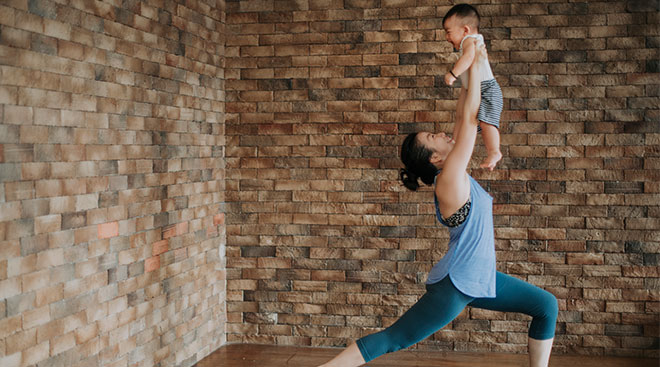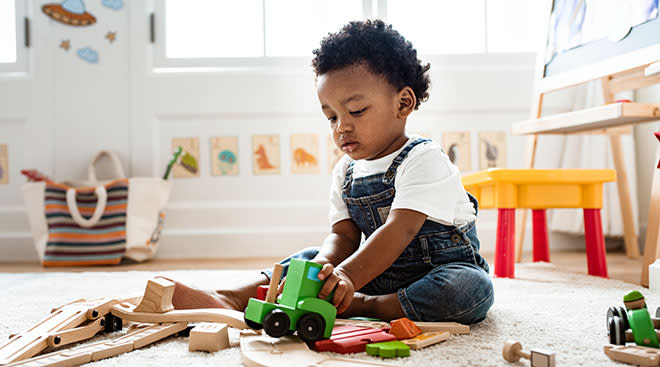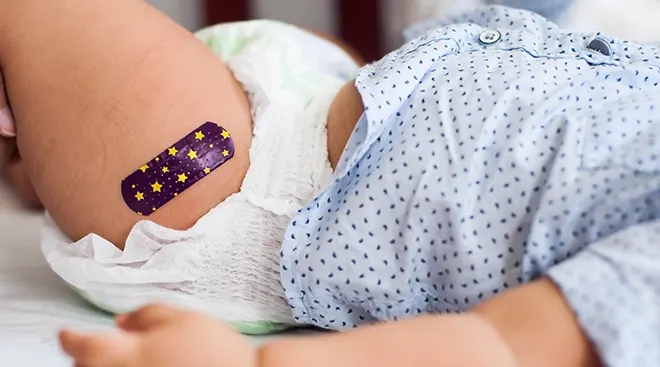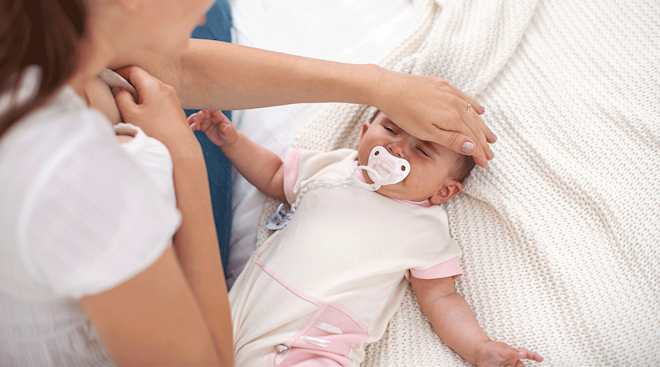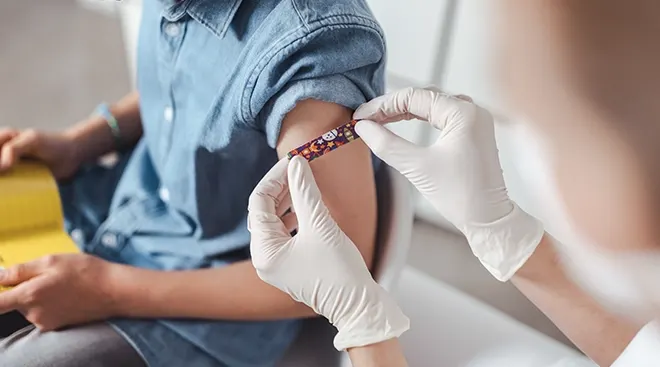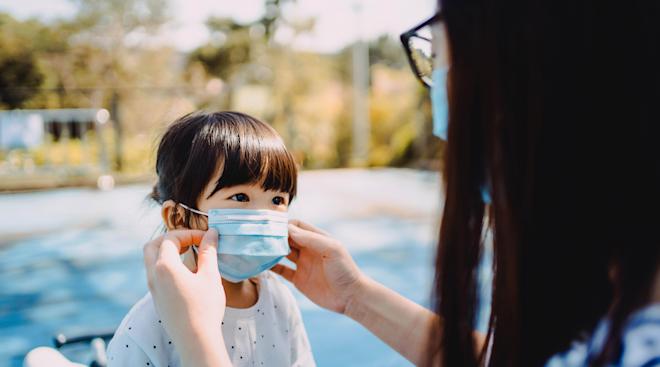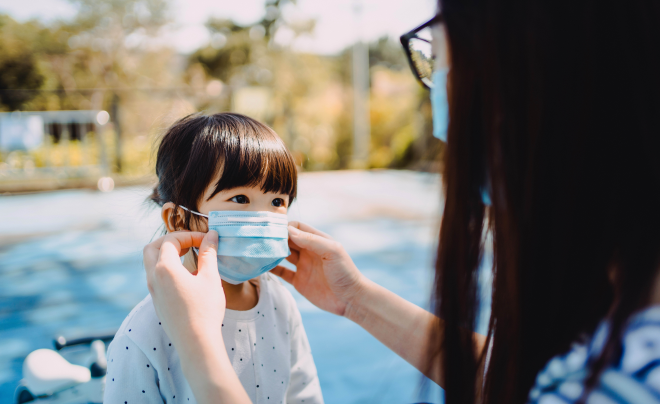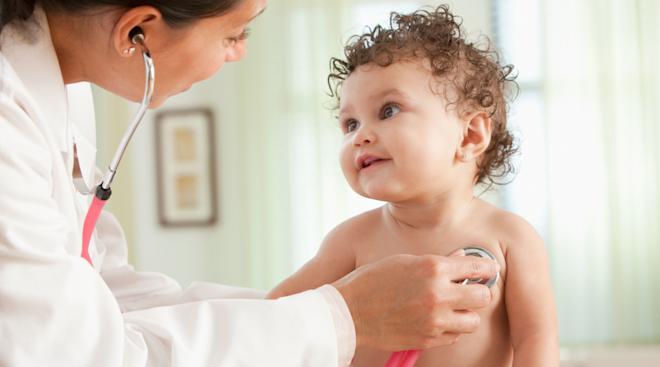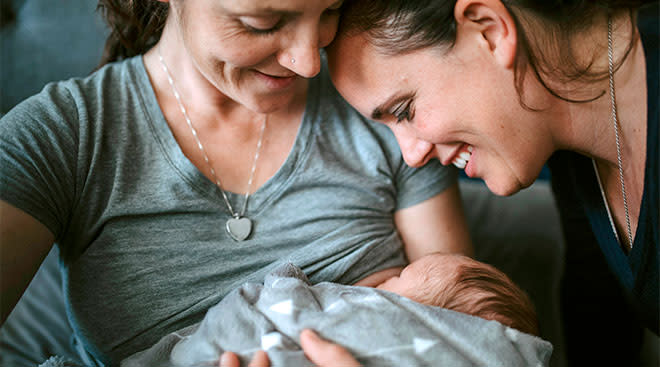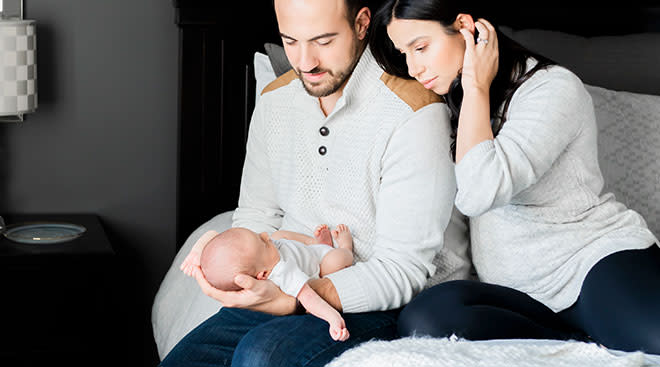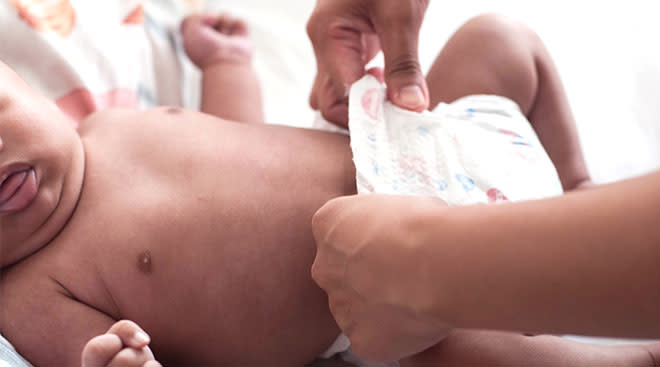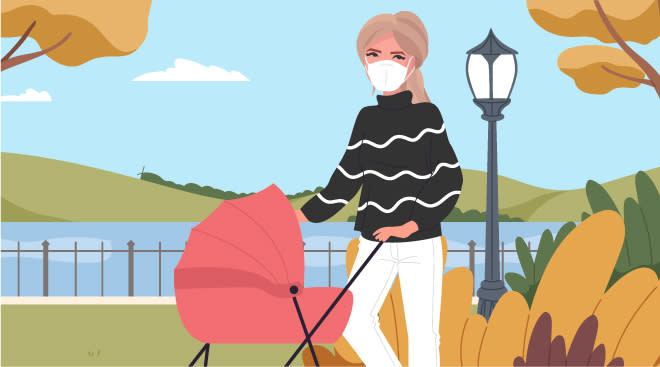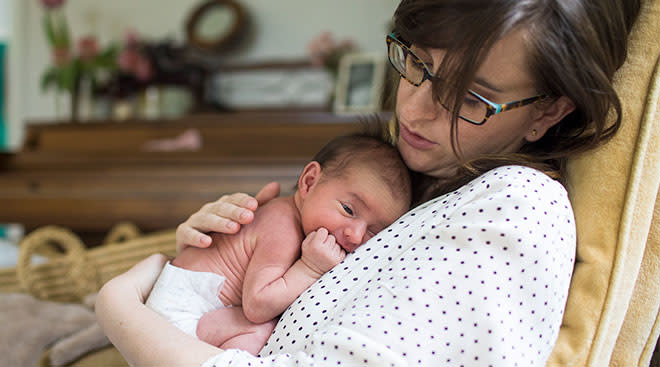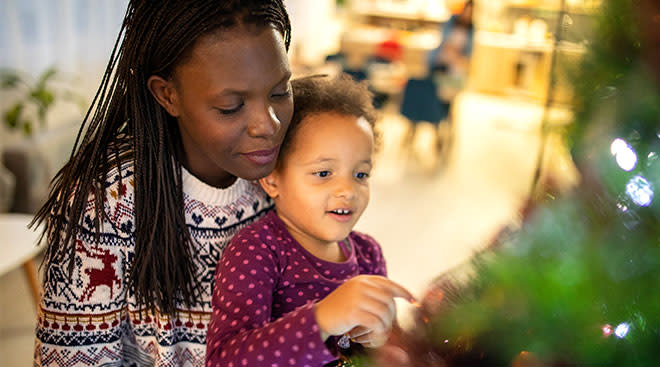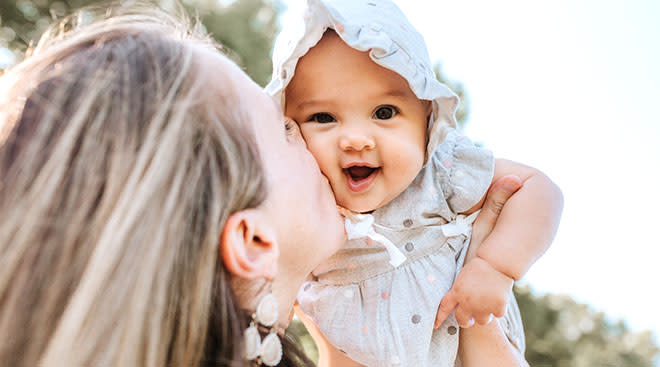One Year of Covid: the Lessons Learned and How to Get Back on Track
Many Americans have felt the effects of the pandemic in their daily lives for a year now, and for parents of young children this is leading to significant burnout. This past year, for parents and kids alike, mental health has been at the top of mind, yet many are still struggling to juggle the constant demands of their new daily life. Parents are now trying to manage caregiving, cooking, cleaning, working, teaching all at once—not to mention they’re also trying to figure out how to best prepare their kids for their “new normal” as they begin to return to life outside the home.
In the past year, so many aspects of life that help kids reach developmental milestones—playing in the park, attending school, going on playdates—have been turned upside down. Life for younger kids may not have changed quite in the way it did for adults, but many parents are worried about their child’s delayed milestones. While the past year has been a change for everyone—even our youngest family members—it’s important to note that the window of learning is far from closed. Here, some lessons learned from the past year and tips on how to move forward.
For many children, the pandemic only led to brief changes to their everyday routines. However, for some children, the pandemic meant that they were at home with their parents—not attending child care, preschool, or playgroups—for a year. For these children, if that year-long gap came at a period when they were on the cusp of developing new social skills, they had little opportunity to practice and begin to master these new abilities. Skills like sharing, turn-taking, establishing first friendships, entering play, and negotiating play/conflicts with peers (Who will be the mom in a pretend play scenario? What game should we play?) are all social skills that tend to first emerge in the second and third years of life.
The good news is that while children may not have had an opportunity to practice and begin mastering these skills during covid, the window on learning isn’t closed. When they have a chance to attend settings (preschool, childcare, etc.) with peers, these skills will emerge over time through play and the everyday routines that children rely on in early education programs.
Focus on Stability In Peer Groups
Parents should look for programs that value stable groups within classrooms, rather than transitioning children to new classrooms frequently. Stability in their peer group is important because consistency and familiarity support children’s ability to form friendships. Parents should also look for an early childhood curriculum that focuses on learning through play and exploration, and early educators with experience in supporting early social skills and peer play.
Due to work and other demands, so many of us have let our screen time rules slide. The real struggle now is learning how to come back from lots of media time. The key is for parents to reset daily routines and de-emphasize screens. While this may lead to some short-term (and vocal) discontent from children who are accustomed to screens as a way of entertaining themselves, little ones can and do adapt.
It helps to create a schedule for the day: Wake up and eat breakfast, watch a favorite program (30 minutes), morning playtime, story time, snack, outdoor play, lunch, rest time, afternoon playtime, a favorite program (30 minutes), more playtime, and then help parents prepare dinner and/or quiet play in the kitchen. Parents can even make a poster of the new daily schedule, with pictures to symbolize each activity, and hang it where children can see. Place a binder clip where the child is at the moment, so they can see what activity is coming next. Schedules are great because they organize the day (for children and parents) and also give kids a sense of safety and security that they know what to expect.
Consider the Type of Content Young Kids Are Watching
One of the most important issues to consider when it comes to screen usage is the content—what children are actually watching. High quality content, such as educational programming from PBS, is the best choice for children. Also, rather than passively watching, parents should look for opportunities for children to engage, interact or respond to screen media. One way to encourage this is when parents co-view and co-engage—asking questions, making connections to the child’s world, labeling new objects or places. Practices like these can mitigate negative impacts on children.
As you work to cut down screen time and emphasize more play, it also makes sense to take a look at your child’s toys. Don’t buy new ones, but maybe “edit” the existing collection. Are there toys your child plays with rarely? Put these in a bin to rotate out for a month and then re-introduce them as something new and novel. Are there toys that are too young for your child? Perhaps set these aside to give to a friend or neighbor, or to donate. Is the space organized and safe for a young child? Does your child know how to find things and where to put toys away? Cleaning up their toys helps teach little ones independence and responsibility.
The stress and pressure of the past year have led to tremendous parent burnout. Parents find themselves juggling all of the things: work, caregiving, cooking, cleaning, and more—all without help from a social support system. Parent burnout is rough for both parents and kids because it means that parents are not as available emotionally (even as they continue to be present physically). That’s hard because it’s our warm, connected emotional presence, and our well of patience and compassion, that helps us relate and respond to our child in effective ways when they are fussy, whiny, having a tantrum or talking back.
Right now, parents are finding moments for self-care and R&R whenever they can carve out some time (so not too often). A parent I spoke with recently shared that she felt “guilty” over not wanting to spend every covid-sheltering moment with her toddler. It’s important to know that parents can 100 percent put those guilty feelings away—everyone needs a break sometimes.
But it’s not all bad news. Covid has forced us all to really focus on what’s most important to our families—and not sweat the small stuff. That’s a lesson that in “regular” times can take years for us parents to learn. The lack of support we experienced as parents during covid has helped us see that it’s the everyday moments and everyday routines that are really important for our kids’ well-being and for our shared relationship. While we may have to work while they’re at home, we see that having them next to us coloring while we type an email, or dancing while we sort laundry, can be a great opportunity to connect and have fun together. Taking a few minutes to cuddle across the day is a great way to reconnect and recharge, for them and us.
Being at home together for so long has given us the chance to see firsthand how quickly littles ones grow and change. Watching our two-year-old pull on their mask for a trip to the park is both sad and a source of pride—they really do adapt and can take on so much more responsibility than we realize. This time together has helped many families keep the focus on what feels right: making everyday moments count and building a stronger bond with our children.
Please note: The Bump and the materials and information it contains are not intended to, and do not constitute, medical or other health advice or diagnosis and should not be used as such. You should always consult with a qualified physician or health professional about your specific circumstances.
Navigate forward to interact with the calendar and select a date. Press the question mark key to get the keyboard shortcuts for changing dates.
































